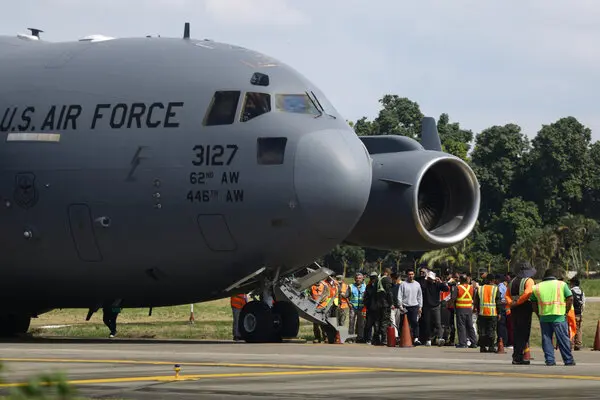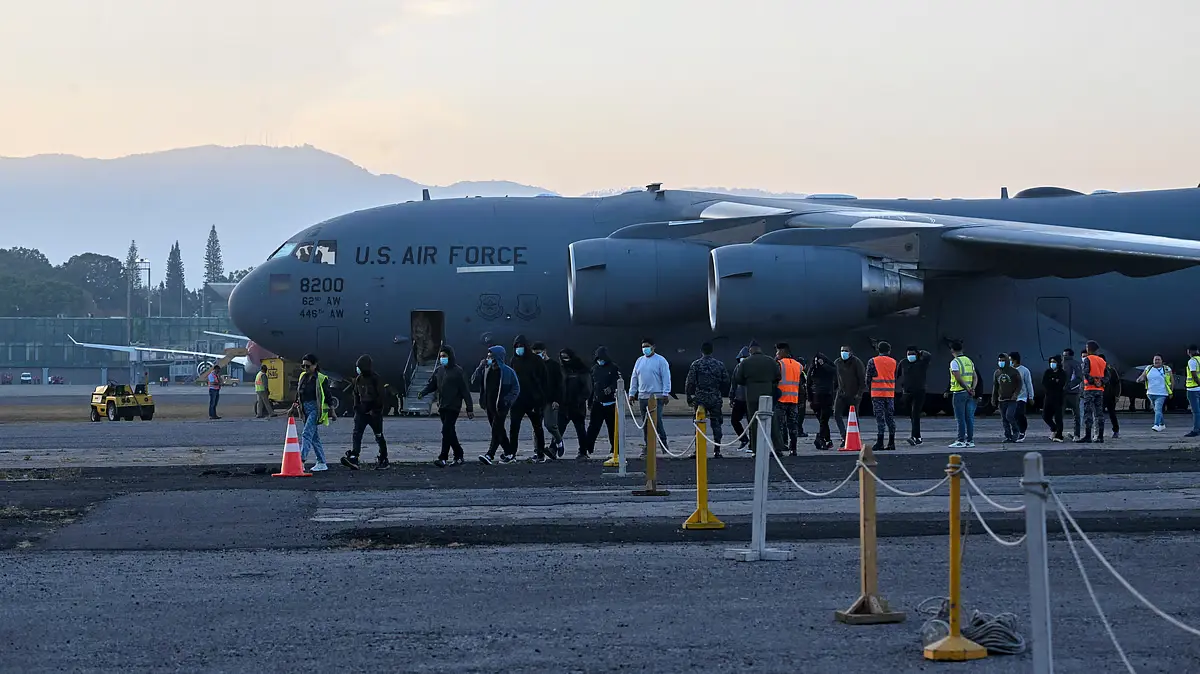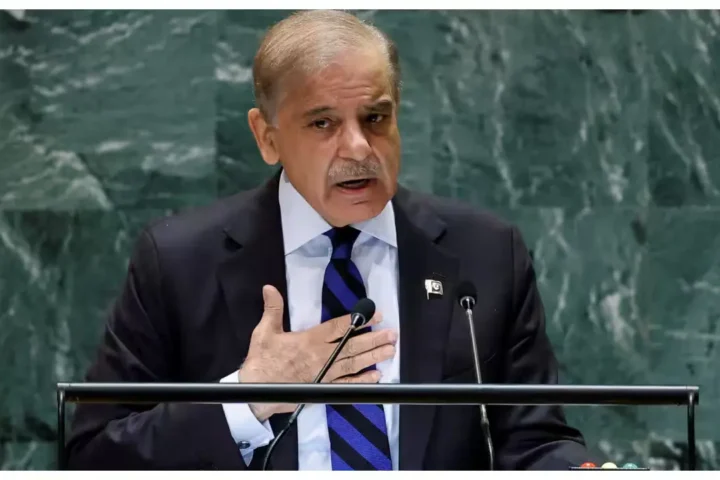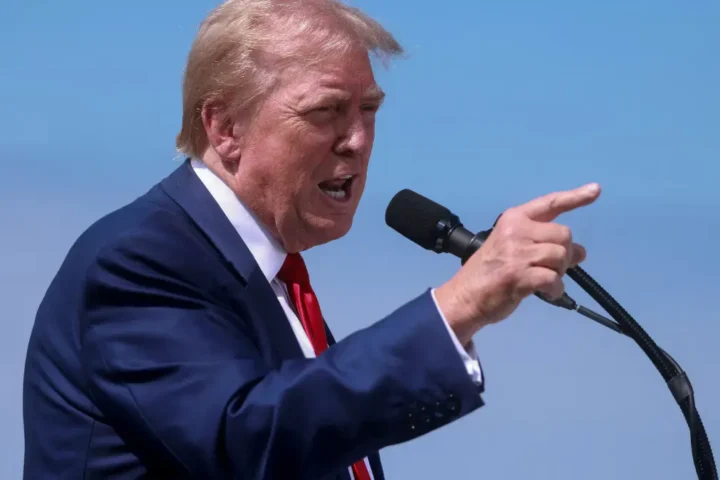In a major policy shift, the United States has begun using military aircraft to deport illegal immigrants, including Indian nationals. On February 3, 2025, a U.S. military C-17 aircraft transported deportees to India, marking the longest distance deportation flight under the current administration.

Key Insights into the Deportation Strategy
The move aligns with President Donald Trump’s stricter immigration policies, which include:
- Deployment of additional troops at the U.S.-Mexico border.
- Military aircraft utilization for expedited deportations.
- Housing detained migrants in military bases, including Guantanamo Bay.
A report confirmed that U.S. Immigration and Customs Enforcement (ICE) coordinated with the Department of Defense (DoD) for these operations. The strategy aims to speed up deportations and reduce pressure on immigration detention facilities.
ICE and DHS have reported an increase in deportations using both military and chartered flights. In 2024, over 1,100 Indian nationals were repatriated, with several deportations occurring via chartered flights. These flights are part of an effort to streamline deportation logistics and enforce immigration laws more rigorously.
Impact and Reactions
The policy has sparked global debate. Critics argue that using military assets for deportation is an excessive measure, while supporters claim it enhances border security and efficiency.
Concerns Raised:
- Human Rights Groups: Organizations like Amnesty International have condemned the use of military aircraft, calling it “a militarization of immigration policies.”
- Indian Government Response: While India has accepted deportees, concerns over verification and reintegration have been raised.
- Economic & Social Impact: Many deportees are left stranded without job prospects, increasing economic strain on families in India.
Support for the Policy:
- U.S. Administration Stance: Officials argue the policy deters illegal migration and improves national security.
- Cost-Efficiency Analysis: ICE estimates a 20% reduction in deportation costs compared to chartered commercial flights.
Geopolitical and Economic Implications
The growing number of deportations has impacted U.S.-India relations, prompting discussions between both governments regarding immigration policies. The Indian government has expressed concerns over the rising number of repatriations and has sought greater cooperation to ensure the smooth reintegration of deportees.
Furthermore, the economic impact of these deportations is significant. Many of the individuals deported had been working in the U.S., sending remittances back home. Their sudden return places an economic strain on families, especially in rural areas where employment opportunities are limited.
Interesting Read
Conclusion
The U.S. government’s use of military aircraft for deportations is reshaping immigration enforcement. While it speeds up the process, concerns regarding human rights and diplomatic relations persist.







